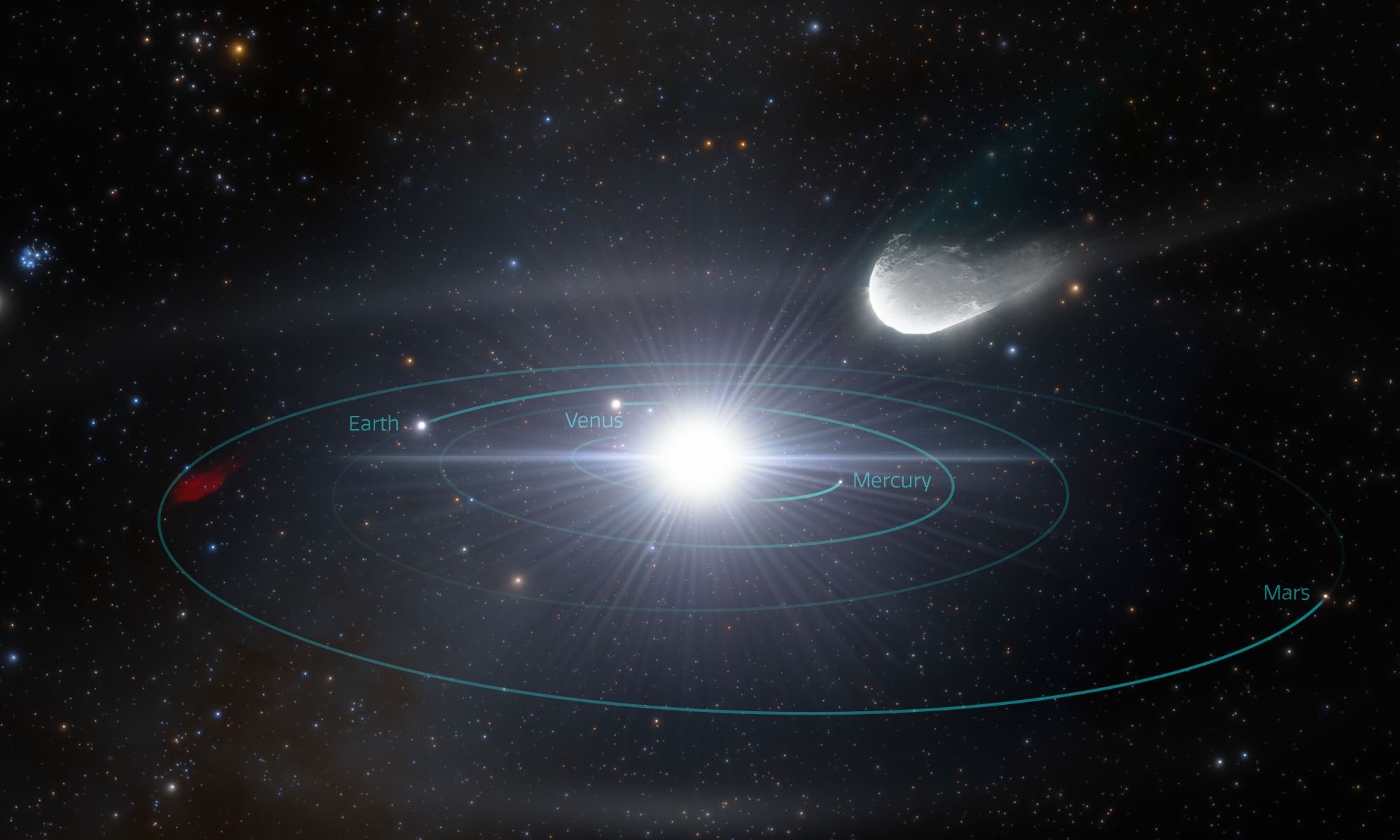Our understanding of the Universe is profound. Only a century ago, astronomers held a Great Debate to argue over whether our galaxy was an island universe, or whether nebulae such as Andromeda were galaxies in a much larger cosmos. Now we know that the Universe is billions of years old, ever expanding to billions of light-years across, and filled with not just stars and galaxies but with dark energy and cold dark matter. Astronomers summarize this understanding as the LCDM model, which is the standard model of cosmology. While the observational data we have strongly supports this model, it is not without its challenges.
Continue reading “Cosmology is at a Crossroads, But New Instruments are Coming to Help”Cosmology is at a Crossroads, But New Instruments are Coming to Help










